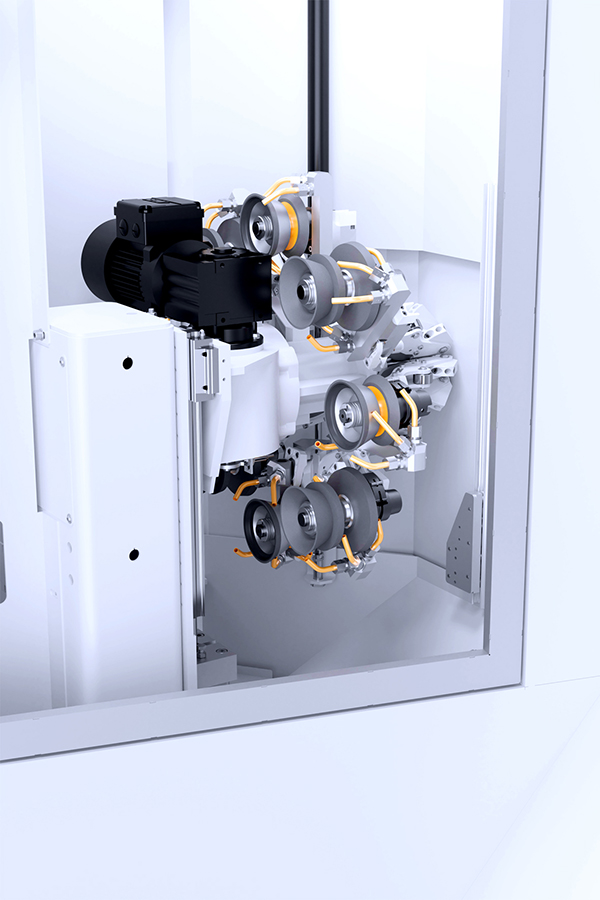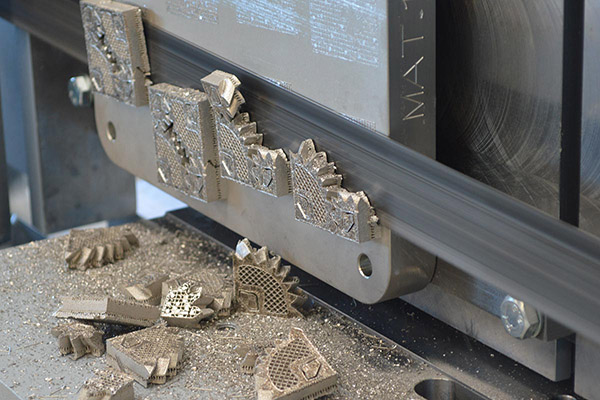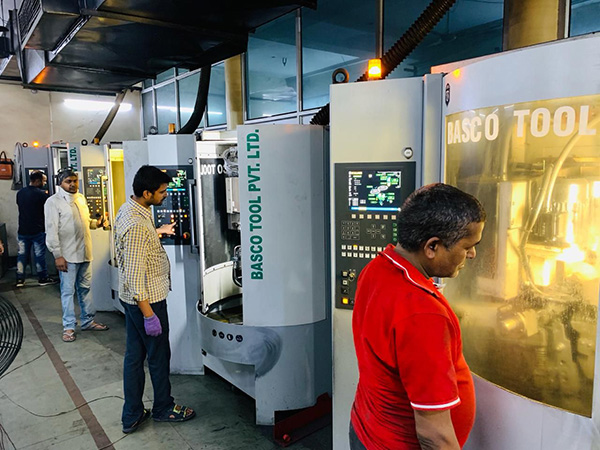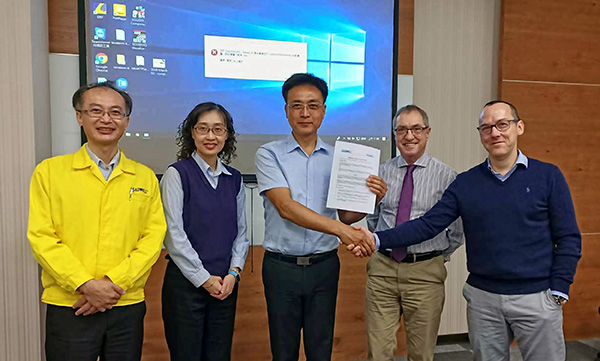Vollmer, a specialist in tool grinders, has launched the VGrind 340S. Complementing the existing VGrind series of machines, the latest VGrind 340S has been specially developed for producing and re-sharpening small carbide tools with diameters from 0.3 to 12.7 mm.

Drills and milling cutters in this size range are in high demand in the automotive, electronics, connector and medical engineering sectors, where assembly space and components are becoming smaller and smaller. Automation options on the VGrind 340S allow tool manufacturers to use the machine for unmanned production around the clock.
The VGrind 340S is not just suitable for producing rotationally symmetric tools, but for re-sharpening; relying on the company’s tried-and-tested VGrind technology to achieve this functionality. VGrind see two vertical spindles made available for different grinding wheel sets, which makes it possible to reduce non-production time. Five harmonised CNC axes achieve interpolation, with short travel distances for the linear and rotary axes. These machine kinematics reduce idle times and the subsequent time required to machine workpieces.
As well as the rotary axes, the linear axes are also designed as direct drives (linear drives) for the first time. Unlike ball screws, these axes are non-contact drives and are therefore not subject to wear, increasing the service life, precision and longevity of the machine. The VGrind 340S also features a steady rest to ensure optimum tool concentricity during grinding, while a back rest is available as an option for longer drilling tools.
NUMROTOplus software enables a 3D simulation of the tool production process and makes it possible to carry out collision monitoring in advance. The height-adjustable and pivoting touchscreen control desk, as well as the generously dimensioned view of the machining space, make for ergonomic machine operation.
For further information www.vollmer-group.com





















